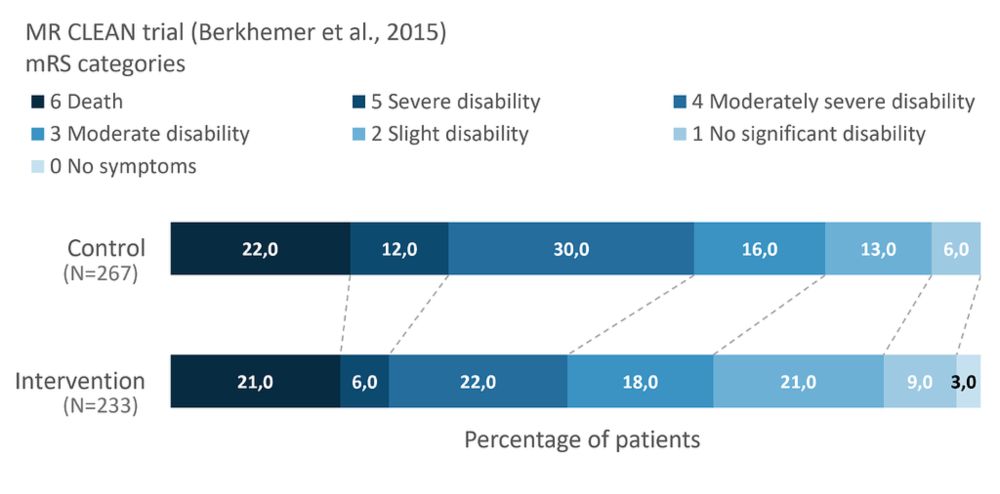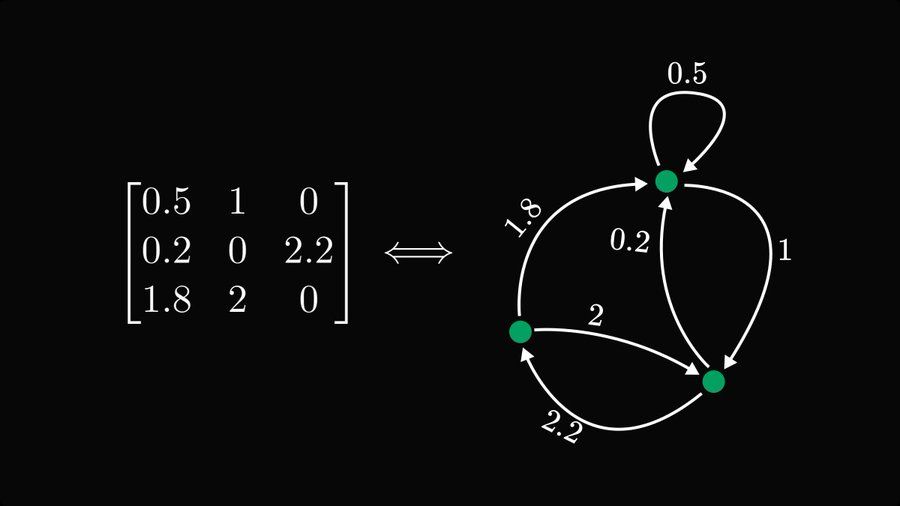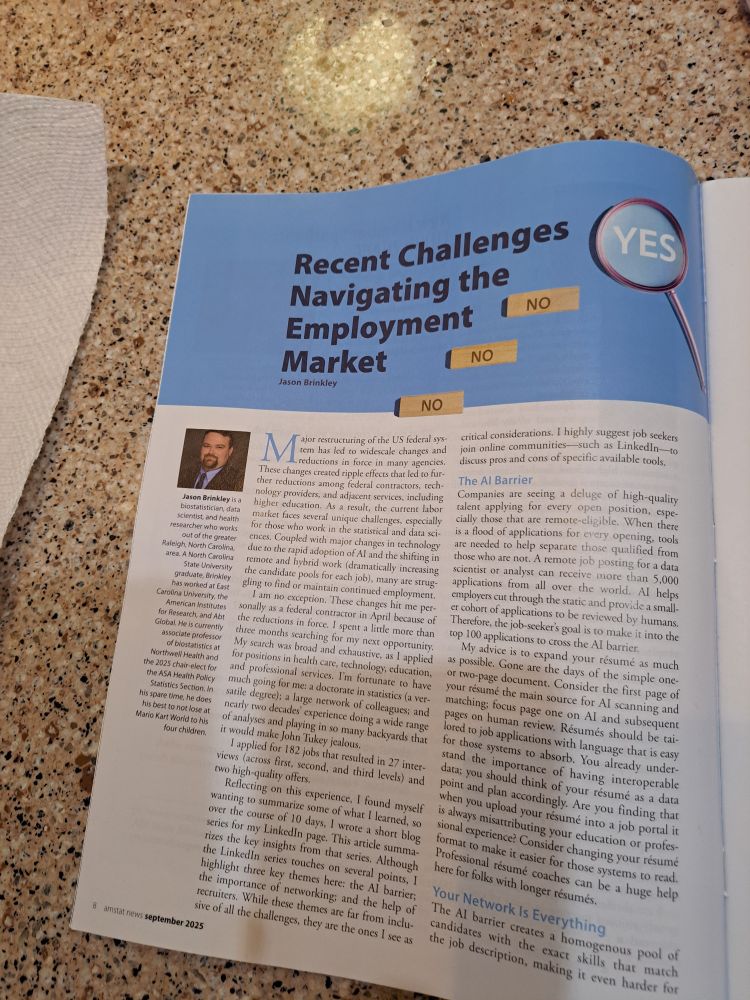Donald Szlosek
@dszlosek.bsky.social
820 followers
4.4K following
170 posts
Biostatistician @IDEXX formerly at harvardmed, @BIDMChealth, @nasa. Big data, clinical trials, and medical diagnostics. Mainer. Opinions are my own. he/him
Posts
Media
Videos
Starter Packs
Reposted by Donald Szlosek
Reposted by Donald Szlosek
Reposted by Donald Szlosek
Reposted by Donald Szlosek
Reposted by Donald Szlosek
Noah Greifer
@noahgreifer.bsky.social
· Apr 24
Reposted by Donald Szlosek
Reposted by Donald Szlosek
Reposted by Donald Szlosek
Reposted by Donald Szlosek
Reposted by Donald Szlosek
Reposted by Donald Szlosek
Reposted by Donald Szlosek
Reposted by Donald Szlosek
Reposted by Donald Szlosek













